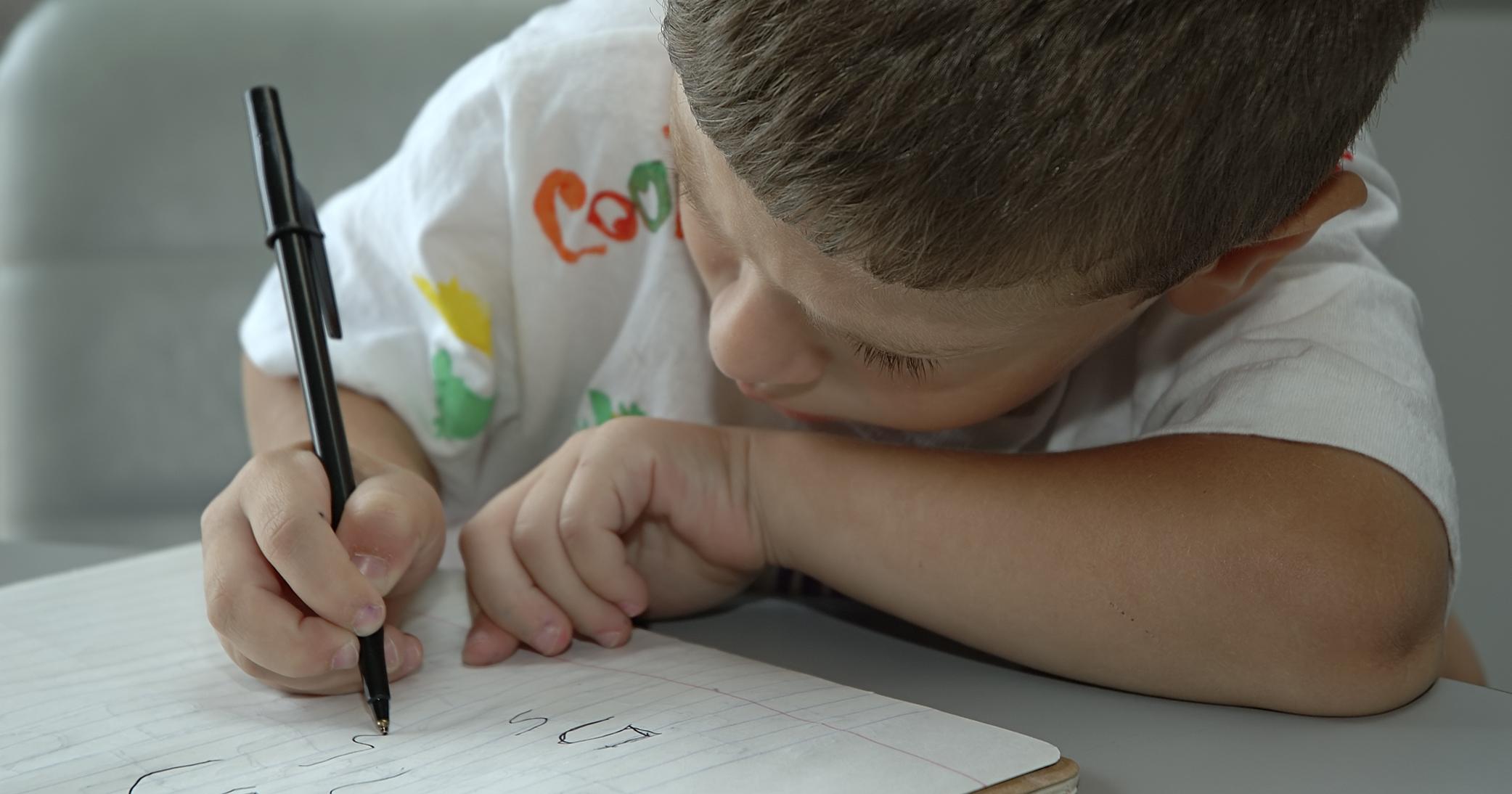Warning Signs Of Dysgraphia
Dysgraphia is a condition that may reveal deeper dysfunctions underlying the coordinated effort necessary to write coherently and follow rules of grammar. The elements of skill we must master before we can master the act of writing by hand include language skills, memory, focus, spatial and sequential ordering, and graphomotor coordination skills. If a child, adolescent, or adult is having difficulty with any of these elementary functions, they may develop signs of dysgraphia. To resolve dysgraphia, they may benefit from specific instruction on each element where there is questionable capacity. The graphomotor functions of adults as they age is especially pronounced in elderly individuals, and more impactive if they are also suffering memory problems. Below, we have expounded the various signs of dysgraphia in greater detail to help readers develop an understanding of the contours manifested by this disorder.
Inconsistent Letter And Word Spacing

Inconsistent letter and word spacing is a symptom typically seen in early writers. It may be an early sign of dyslexia as well as dysgraphia, as it demonstrates the child is seeing a mirror image of the letters and unable to coordinate the proper flow. Using cursive handwriting may solve this problem because the letters have more character and have to flow in a certain manner that prevents them from being flipped around. An additional method involves writing the letters, as if blindfolded, with your eyes closed. Symptoms are more plainly expressed when children demonstrate poor letter formation and spelling in spontaneous writing but good copy skills. A finger tapping speed test is used to rule out fine-motor skill causes.
Reveal more dysgraphia symptoms by continuing to read now.
Poor Spelling

